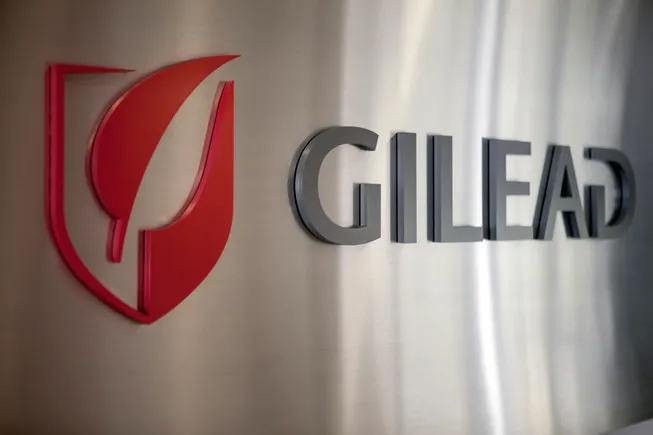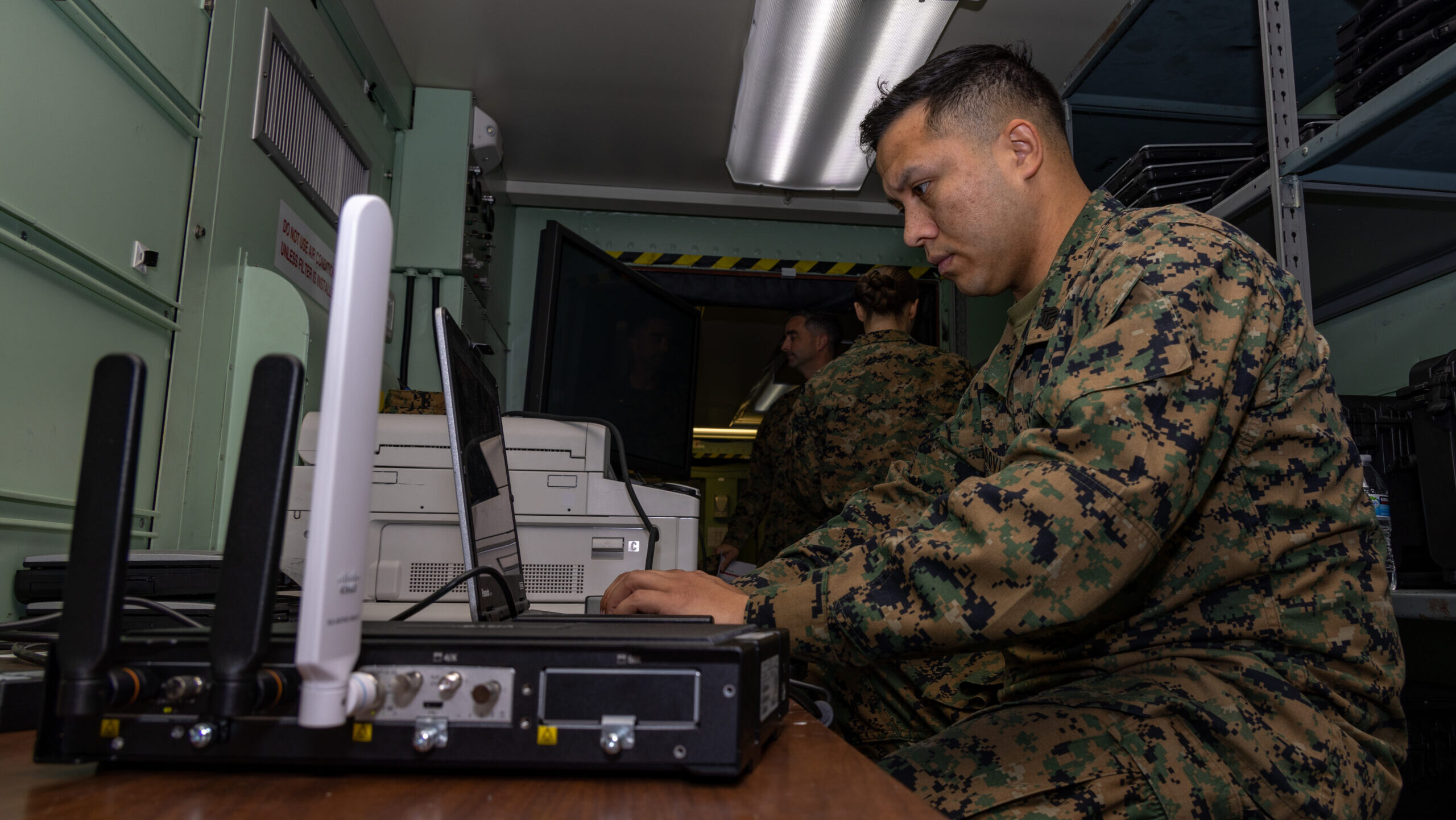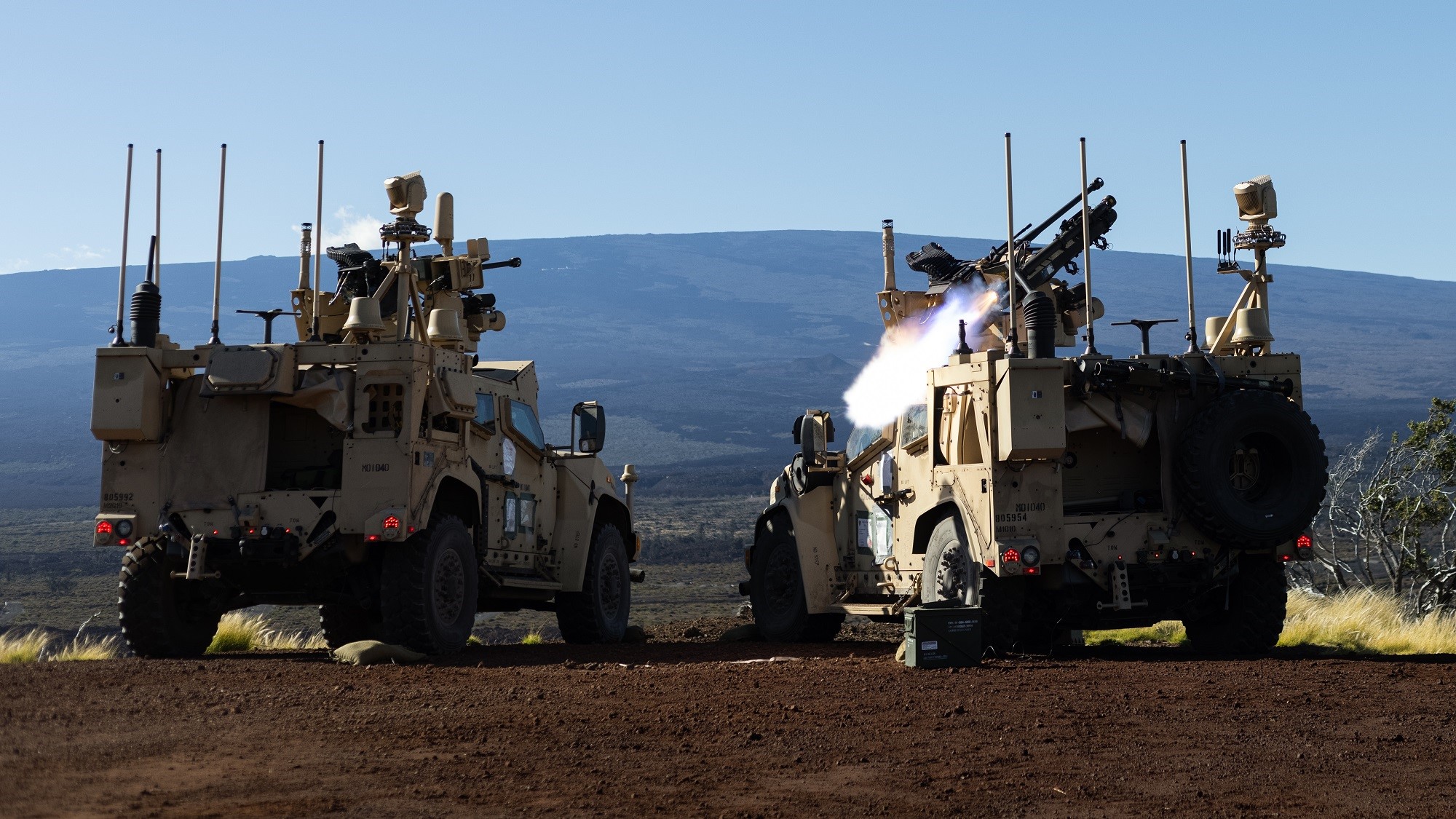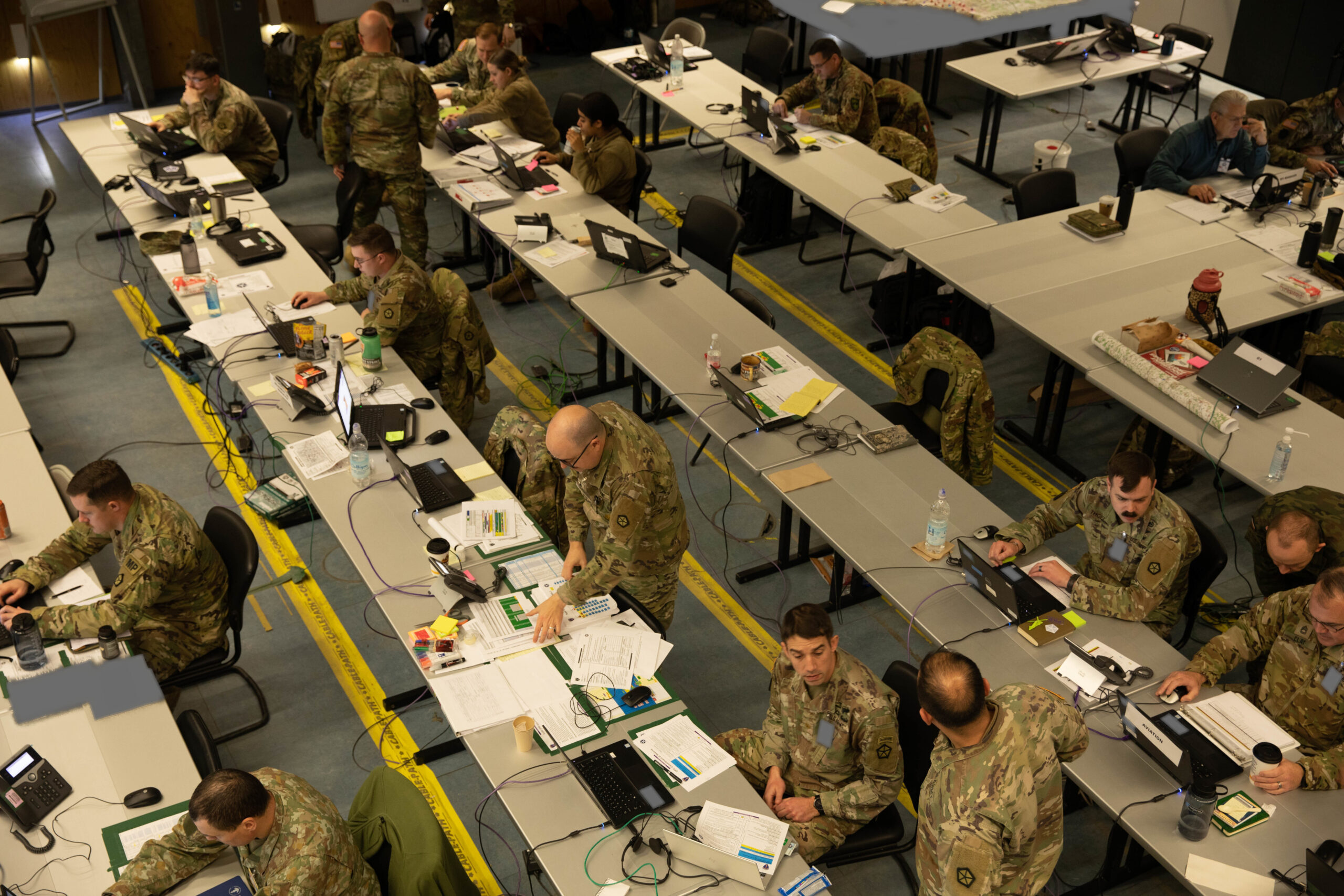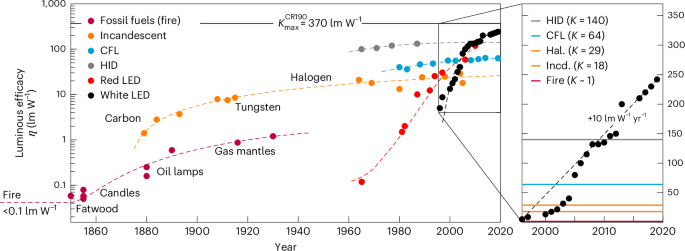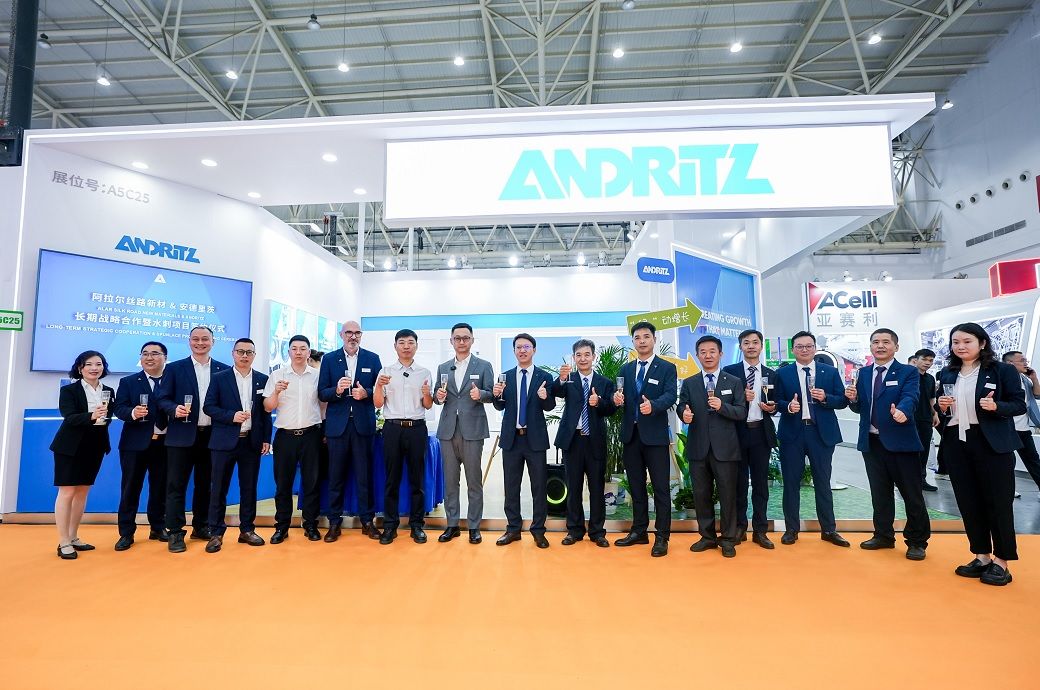Real-time freight intelligence with AI
Capacity management and transaction AI are two ways that Parade is helping brokers streamline carrier sales and daily operations. The post Real-time freight intelligence with AI appeared first on FreightWaves.


Capacity management is one of the key hurdles that any freight broker working in carrier sales has to navigate. Anthony Sutardja, co-founder of Parade, sat down with John Kingston of FreightWaves to discuss how new AI carrier sales software can find and aggregate capacity as well as streamline transactions.
“We build software for freight brokers born out of the dust of digital freight brokerages,” said Sutardja.
AI capacity management, as Sutardja calls it, includes everything that the broker needs to understand: what network capacity there is (both internally and externally), where carriers are operating, how brokers and carriers understand and manage capacity, and what relationships carriers have with their brokers.
Parade relies on data input from a wide variety of sources, including email correspondence and load board activity.
“With emails, truckers, carriers, and shippers are sending a ton of information, but it’s largely unstructured,” Sutardja said. “Emails come in so many different formats, and most of them go unread because everyone’s inbox is flooded.”
Parade started with language processing technology to structure the information from emails into available trucks.
“Our customers also wanted a private portal where only invited carriers and brokers could post, and that’s another source of data,” Sutardja said.
Traditionally, brokers rely on load boards to gauge capacity. Over the past decade, freight tech companies have also developed tools for truckers themselves to have visibility on capacity, from owner-operators to full fleets.
“We integrate with pretty much every single one of these tools to push out freight opportunities to truckers, and in exchange, they also publish capacity back towards us as well,” Sutardja said.
Through data gathered by emails, private portals or public load boards, Parade can gain understanding about carriers, what lanes they tend to run, and what trucks they have available.
“We pre-populate all those different data sources into a single pane of glass so our brokers can have a much more transparent, high-level view of capacity,” Sutardja said.
A significant portion of loads, however, are not publicly posted. How do carriers communicate, Sutardja asks? They can interact in a portal, they can email, and they can speak on the phone.
“A lot of load information has to be surfaced through one-on-one phone calls,” Sutardja said.
That’s why Parade launched CoDriver, an AI-powered solution that automates carrier communication for freight brokerages.
CoDriver addresses inbound inquiries via email and phone calls and aims to streamline workflows by automating tasks like qualifying carrier inquiries, capturing quotes, and integrating data into a capacity management platform.
With Parade’s voice agents, Sutardja says, the AI can act as the broker to carrier sales rep.
When a carrier is negotiating a load with a broker, much of the conversation involves simply determining if the carrier is qualified for the load, whether that means appointment availability, asset and hardware compatibility, or lane preference.
For these qualifying conversations, CoDriver’s voice agent manages the basic negotiations before handing off the call to an employee for price negotiation.
“Without the data, it’s hard to see what that funnel looks like,” said Sutardja. “Between ten and twenty-five percent of conversations result in disqualifications, and another thirty-three percent of those conversations end up giving you data about the load but don’t end up in a deal. But then, at the bottom of the funnel, that’s where you’re at price action and you can negotiate,” he said.
Those surface level conversations about technical requirements and prequalifications can now be handled with CoDriver.
At the end of the day, the brokers are primarily concerned with booking loads, but the vast majority of conversations don’t end up with a finalized sale.
“Being able to transact faster with AI is a key factor in capacity management for our brokers,” said Sutardja. “That is what we’d call that transactional AI, and it’s one of the ways we’re leveraging our technology to help brokers.”
What Parade calls “transactional AI” is very powerful as an operational tool, according to Sutardja.
“We combine that with our capacity management system, which is tied into your relationship, data on carriers, historical precedent, and all the other capacity sources, and you suddenly have a full picture of what’s possible with your network,” Sutardja said.
Because these conversations are now processed by AI, CoDriver’s market intelligence helps brokers build an aggregate of data and make more effective planning decisions in the future.
“Now, we have a record of what lanes each carrier may be interested in, and at what price, whereas before we would have likely lost that data,” Sutardja said.
The AI, however, doesn’t forget to take notes.
“Since we launched CoDriver a year ago, we’ve automated almost three million conversations to date,” Sutardja said. “In aggregate, suddenly there’s real-time market intelligence emerging from simply storing bid data coming in from carriers as we’re having all these automated conversations,” he said.
This presents an amazing opportunity, Sutardja says, for brokers to better understand market insights as more and more of these conversations become automated and recorded.
With the growing prevalence of AI products and solutions, it can be hard to know the best way to optimize workflow. Disparate workloads are now being aided by various new tools, but they don’t always synergize or integrate.
Voice AI on carrier sales transactions is a key way Parade is tackling problems for brokers, but that’s just one way a carrier communicates. “That’s why we integrate all the data into one place. We’re the only ones pursuing capacity management in an AI-enabled stance,” Sutardja said.
It’s been Parade’s mission to help brokers understand their networks and streamline productivity and workflows.
“How do we help them do more loads per day per person?” Sutardja asked. “Before, people were doing eight to ten loads per day per person on the carrier sales rep side,” he said.
With Parade’s capacity management and CoDriver’s streamlined transactional AI, Sutardja says, that number has risen to 20 loads per day per employee. “We have some customers now operating at fifty loads per day per person, as we’ve really streamlined both workflow and network data collection,” he said.
“I’m a technologist at heart,” Sutardja said. “My co-founders and I only pick and choose when the technology is right. You can’t force the technology into areas. We’ve been waiting on the sidelines until something was mature enough, and when we saw what the LLMs could do, we knew this was a perfect use case,” Sutardja said.
Click here to learn more about Parade.
The post Real-time freight intelligence with AI appeared first on FreightWaves.































































